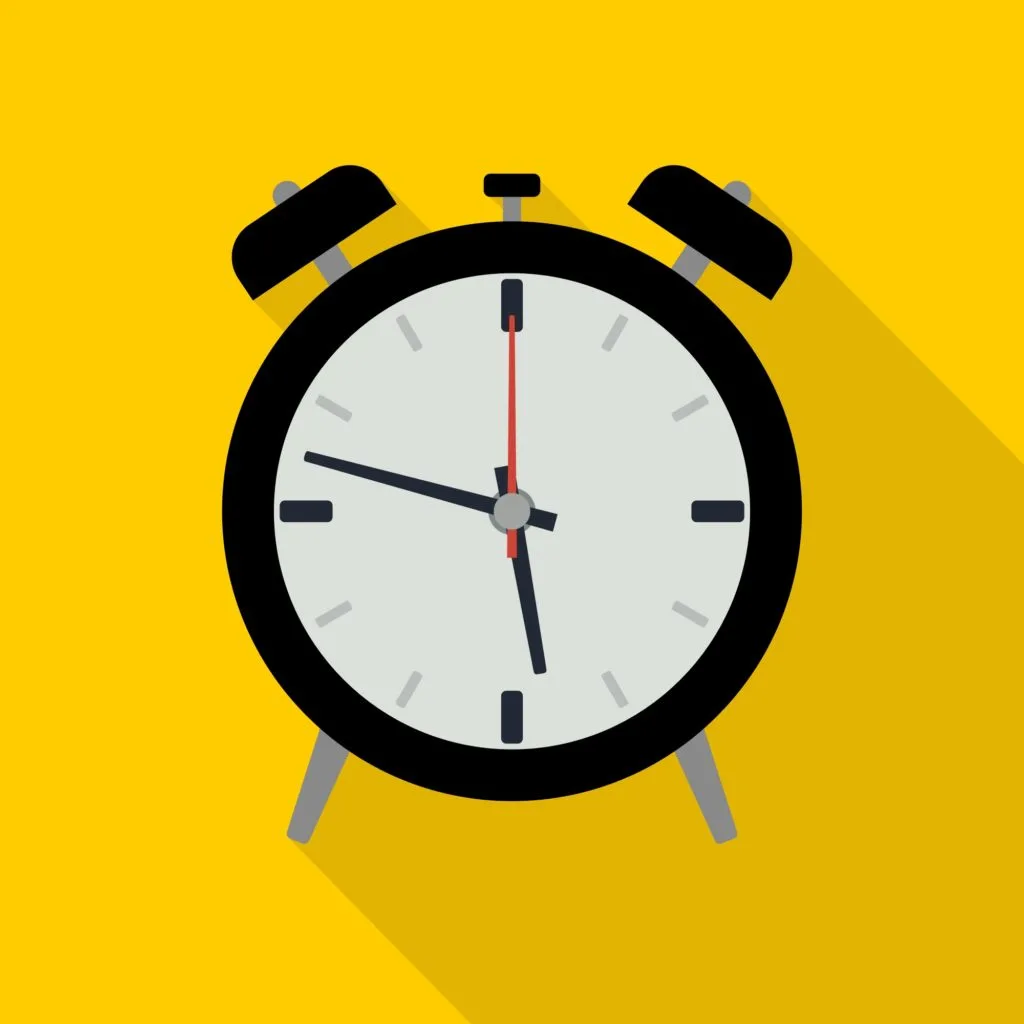One question I always struggle to answer is “What does Clockwork do?” It’s not because I don’t know. It’s because we don’t do just one thing, or even just four things. We could say, “we build websites” or “we build mobile applications” or “we help you figure out how to best use technology.” Yes, we do all those things, but we also do things that are far outside any bullet-pointed capabilities list.
Every day, my team and I come to work and do a huge variety of things. Even when we’re writing code, which might seem like one thing, the real thing we’re doing for clients isn’t about code at all — it’s about an outcome.
I’m currently the Product Owner on a team that embodies how Clockwork can flex and use technology to really different ends. We are primarily working with two clients at the moment who are both doing interesting things — one reveals how art, technology, and the world overlap, the other is about modernizing outdated technology to keep up with the future. We’ve been working on one for over 10 years, and other the has a 3-month timebox. And yet, in both cases, our team is creating experiences fueled by complex, invisible, back-end technology.
Art? Technology? Or both?
In one corner we have a work of art. This project is so cool, big, unexpected, and audacious that it’s almost impossible to describe (trust us, we’ve all tried). By “work of art” I mean we are actually generating the work of art. This isn’t just a pretty website displaying a work of art or a piece of art you use.
This is a work of computer-generated art that is intended to constantly change for 500 years. Yes, 500 years. Our client is an artist who had an incredible vision for what he wanted and for the experience he wanted to create. Clockwork has been slowly building that vision, and experience, by creating multiple pieces of art. Some of these pieces have millions of different elements that are created algorithmically.
So for this client, on any given day, our technical challenges are how to write, test, optimize, and easily run very specific algorithms that generate content that fulfills his vision. One of my favorite pieces is a work called Star Canticles. On first glance, this looks like a bunch of photos taken of the night sky over the course of months or years. But under that simplicity is an algorithm that took our night sky, determined the position of each star for the next 100 million years, and then took a snapshot based on the position of a ball typewriter that is typing out hymns to God.
Yeah, that makes my head spin too. But it’s a really cool visual made more impressive when you realize there are some really interesting things happening beyond just taking pictures of the night sky.
And on that project, we’re doing continuous deployment, automated testing to vet that the art we are generated is correct, using Perl, Python, and C to solve problems, and coming up with a roadmap to help the client feel comfortable that his art will continue living for 500 years. But the outcome is so much more: it’s a work of art, it’s a massive idea, and it’s a testament to the expected ways technology can be used to power experiences.
Next, we’re modernizing a product suite
In a 180-degree turn (or when we get back from lunch), we go from starry skies to healthcare software.
Our second primary client is dealing with a completely different situation. They are sunsetting a business-critical piece of technology and need to rewrite several APIs that will allow this transition to happen. My team is taking their business requirements, which are very concrete and based in reality, and building these APIs. While we are doing that we are helping the client change how they develop technologies like this. We are improving their testing, coding, and deployment practices by implementing patterns and technologies that are proven to increase the speed at which they can release code. There are challenges here too, of course. Mapping business logic to computer logic isn’t apples-to-apples. And for this client, if we get it wrong, we not only potentially cost them money, but we could affect their customers in very negative ways. It’s different work with very different outcomes.
When doing this kind of work, which is deeply technical and behind the scenes, we’re always looking to help improve the front-of-house experience, i.e. the user experience. Keeping in mind that customers won’t interact directly with what we’re building, there is a user interface that translates the information we are transmitting into screens, buttons, and inputs that they’ll use. But we’re looking at the responses, thinking about how the developers building the applications on top of our APIs will experience our work, and partnering with them to ensure that their experience is just as great as if we were building it for their customers.
New challenges, new solutions, every day
Whether it’s complex algorithms or business logic backed APIs, we flex daily to ensure each client is seeing the value we can provide and isn’t surprised by the inevitable twists and turns within any technology project.
My team is just one of many. That’s why the answer to the question “What does Clockwork do?” is truly “We solve whatever business problem you have.” Each of the teams is capable of taking on any challenge you throw at us. Whether you want a website that will transform how your customers interact with you, need an application to automate an important piece of business logic, or you want us to build your online art project. Give it to us.
At the end of the day, it’s just one of the ways Clockwork and Clockworkers live up to our values.




